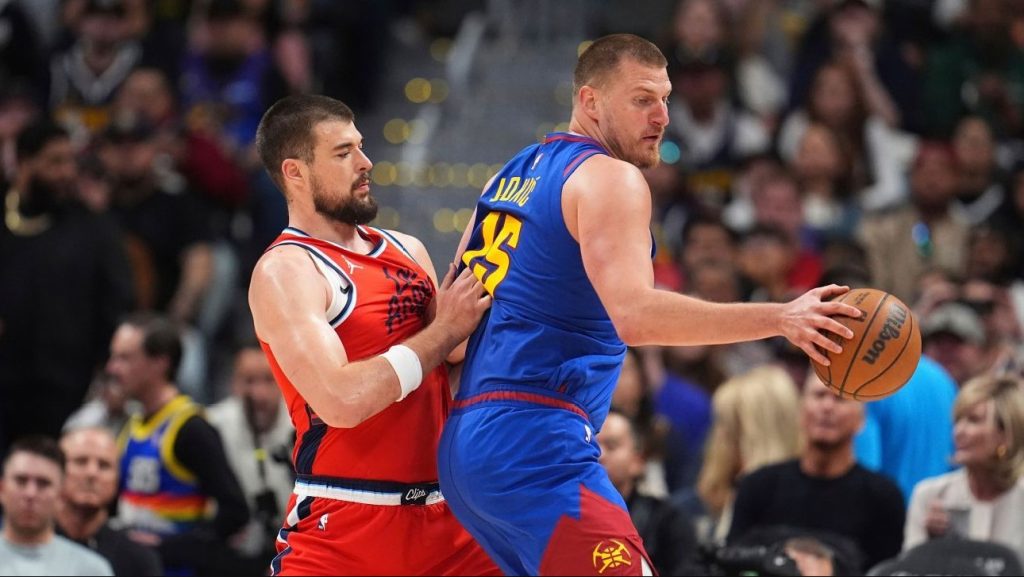Dribble: Basketball is a fast-paced sport with a set of well-defined rules that ensure fair play and competitive balance. Among these rules, one that often confuses new players and spectators is the double dribble. While it may seem like a minor infraction, a double dribble can significantly affect gameplay by resulting in a turnover, giving the opposing team possession of the ball.
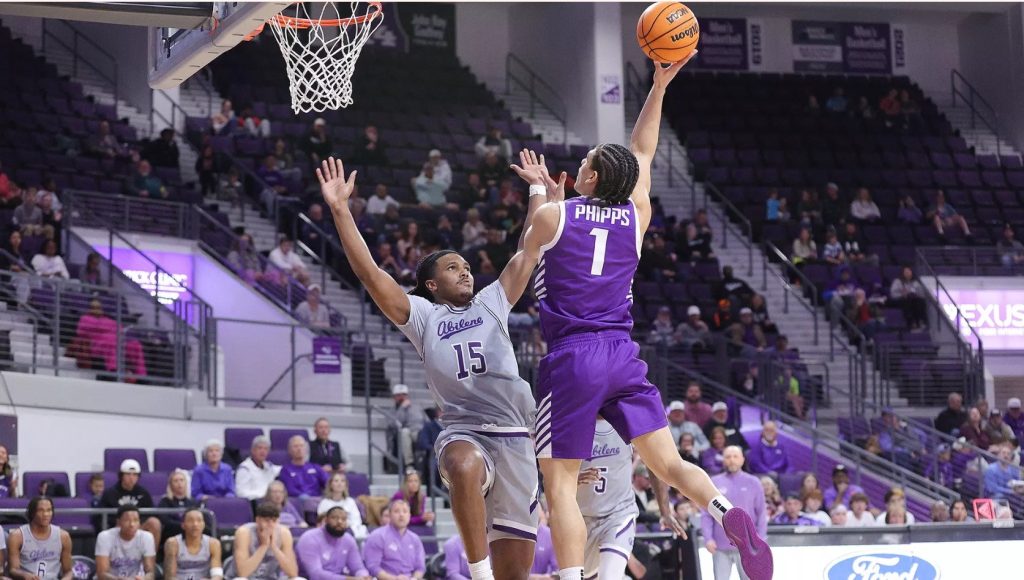
Table of Contents
This article explores what a double dribble is, why it’s illegal, how to avoid it, and common scenarios in which this violation occurs. We’ll also look at how it differs from other violations and include tables to make it easier to understand.
What Is a Double Dribble?
A double dribble occurs when a player illegally dribbles the ball twice during the same possession. According to the official rules (NBA, FIBA, NCAA), a double dribble can happen in two main ways:
- Starting a second dribble after having already ended the first.
- Dribbling the ball with both hands at the same time.
Official Definitions by League
| League | Rule Description |
|---|---|
| NBA | A player shall not dribble the ball a second time after the first dribble has ended unless it is after a shot attempt or if the ball is deflected. |
| FIBA | A player shall not start a second dribble after the first has ended unless an opponent has touched the ball. |
| NCAA | Similar to NBA and FIBA; restarting a dribble or using both hands is illegal. |
Legal vs. Illegal Dribbling
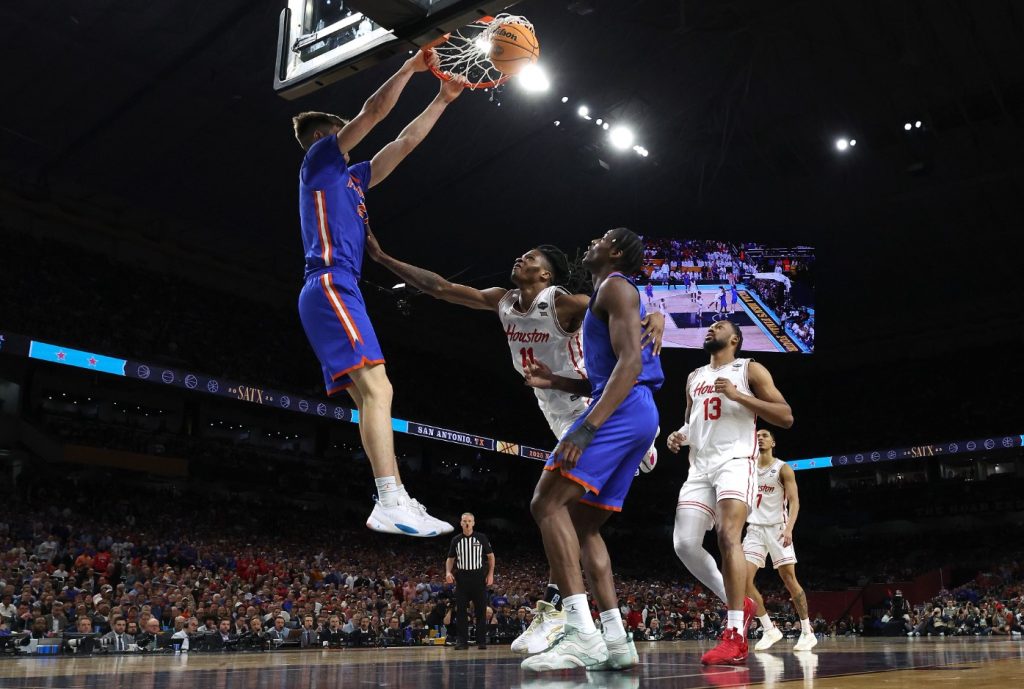
Let’s clarify what makes a dribble legal and when it becomes illegal.
| Action | Legal or Illegal | Explanation |
|---|---|---|
| Dribbling once continuously | ✅ Legal | As long as the dribble is continuous and with one hand. |
| Stopping the dribble and dribbling again | ❌ Illegal | Considered a double dribble. |
| Losing the ball and then regaining it | ✅ Legal | If the ball is deflected by a defender or fumbled. |
| Dribbling with both hands simultaneously | ❌ Illegal | Considered a double dribble. |
| Dribbling after a shot attempt | ✅ Legal | New possession is allowed. |
Common Scenarios Leading to a Double Dribble
Double dribble violations often happen unintentionally, especially among beginner and youth players. Below are typical scenarios:
1. Dribbling, Stopping, and Restarting
- A player dribbles up the court, stops to look for a pass, but then starts dribbling again.
- Violation: Once the player stops dribbling (ball comes to rest), they cannot begin again unless the ball was deflected or shot.
2. Using Both Hands
- A player briefly bounces the ball using both hands at the same time.
- Violation: Any use of two hands simultaneously during a dribble is illegal.
3. Changing Mind After Picking Up the Ball
- A player picks up the ball intending to pass or shoot, but then decides to dribble again.
- Violation: Once the ball is held (ends dribble), the player cannot dribble again.
4. Faking a Pass and Dribbling
- A player fakes a pass, stops dribbling momentarily, and then dribbles again.
- Violation: If the ball comes to a stop during the fake, the next dribble is illegal.
Double Dribble vs. Similar Violations
To better understand the double dribble, let’s compare it to other common ball-handling violations.
| Violation | Description | Penalty |
|---|---|---|
| Double Dribble | Dribbling, stopping, and starting again; or using both hands. | Turnover; ball to opponent. |
| Traveling | Moving feet illegally while holding the ball. | Turnover; ball to opponent. |
| Carrying | Momentarily holding the ball mid-dribble (like a pause). | Turnover; ball to opponent. |
| Backcourt Violation | Bringing the ball back across midcourt after crossing. | Turnover; ball to opponent. |
How Referees Detect a Double Dribble
Referees closely observe a player’s ball control and foot movement. Here’s what they look for:
- End of Dribble: If the ball comes to rest in the player’s hand(s), the dribble is considered ended.
- Restarting the Dribble: If a player bounces the ball again without an opposing player touching it, it’s a violation.
- Simultaneous Hand Contact: If both hands are used on the ball while dribbling, it’s a double dribble.
| Indicator | What Referees Watch For |
|---|---|
| Ball coming to a rest | No bouncing = dribble ends |
| Both hands on the ball | Simultaneous contact = violation |
| Body movement after dribble | Looking for travel + double dribble |
How to Avoid a Double Dribble
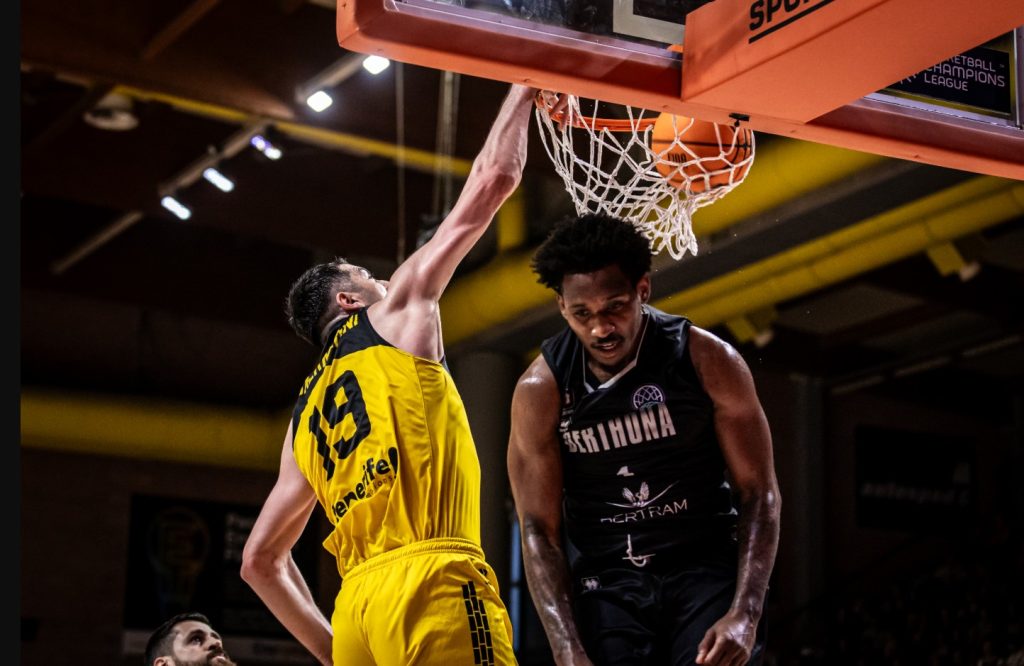
To avoid committing a double dribble, players need to develop strong ball-handling fundamentals. Here are some practical tips:
Dribbling Tips
| Tip | Why It Helps |
|---|---|
| Keep dribble continuous | Prevents involuntary stops |
| Use one hand at a time | Avoids illegal simultaneous contact |
| Plan your next move before stopping | Reduces hesitation that leads to violations |
| Practice with a defender | Simulates real-game pressure |
| Improve court awareness | Helps make quicker decisions |
Drills to Eliminate Double Dribble Habits
If you’re prone to double dribbling, consistent practice can help. Here are drills that reinforce good habits:
| Drill Name | Objective | How to Do It |
|---|---|---|
| Continuous Dribble Drill | Improve hand consistency | Dribble without stopping for 60 seconds per hand |
| One-Hand Dribble Drill | Prevent use of both hands | Focus only on right or left hand at a time |
| Partner Pressure Drill | Simulate defender interference | Dribble while a partner applies pressure |
| Fake and Pass Drill | Avoid dribble restart after stopping | Catch, fake, and pass without bouncing again |
Teaching Double Dribble to Youth Players
Teaching kids about double dribbling is important for building proper technique from the start. Here are simple ways to explain the rule to young players:
- Use analogies: “Once you park the car (stop dribbling), you can’t drive again (start dribbling) without a green light (another possession).”
- Demonstrate the violation: Show the difference between legal and illegal dribbles with live examples.
- Use cones and short drills to encourage continuous dribbling without pause.
| Teaching Method | Description |
|---|---|
| Visual Demonstration | Show what double dribble looks like |
| Analogies and Examples | Helps kids understand through stories |
| Repetition and Correction | Reinforce through drills |
Summary: What You Need to Remember
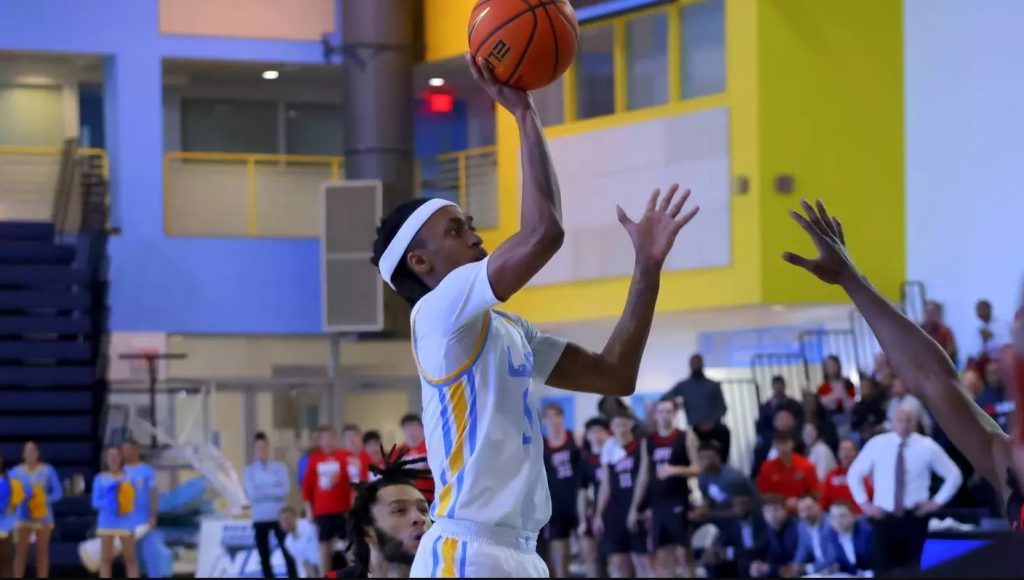
- Double dribble = Two illegal dribble acts in one possession.
- It happens if you dribble, stop, and dribble again, or use both hands simultaneously.
- It leads to a turnover and possession goes to the opposing team.
- Knowing the difference between double dribble and other violations helps in making better in-game decisions.
- Practice, awareness, and strong fundamentals are key to avoiding it.
A double dribble may seem like a small mistake, but in a tight game, it can cost your team possession and momentum. By understanding the rule in depth, players can refine their ball-handling, improve court awareness, and make smarter plays.
Whether you’re a beginner, a coach, or a parent, knowing the ins and outs of this rule ensures a smoother, more effective playing experience on the court. And remember—great ball handlers don’t just avoid mistakes; they control the game.

